Shure Beta 58A Dynamic Vocal Microphone
In de traditie van de SM58 is de dynamische Beta 58A de eerste keus geworden van zangers en professionele Sound Engineers.
De Beta 58A is een dynamische zang-microfoon met een hoog uitgangsvermogen, die voor professionele audioversterking en het gebruik in de opname studio is ontwikkeld. De super-cardioïde karakteristiek verspreid zich over het totale transmissiebereik en garandeert hoge, feedback-bestendige versterkingen, maximale isolatie van andere geluidsbronnen en een minimum aan buiten-axiale verkleuringen. De gecontourde frequentierespons is uitstekend geschikt voor de na-opname van zang.
Door zijn robuuste constructie, zijn bewezen shock-absorber systeem en de korf uit gehard staal worden de uitstekende performances ook bij ruige omstandigheden niet beïnvloed. Typische toepassingsgebieden van de Beta 58A zijn Lead-zang, Backup-zang en spraak.
- Directionele karakteristiek: Super-cardioïde
- Geoptimaliseerde transmissiebereik voor een uitstekende vocale kwaliteit voor professioneel live performance gebruik
- Biedt een hoge feedback-resistentie bij de grootst mogelijke versterking en maximale onderdrukking van achtergrondruis
- Een pneumatische schok-absorber beschermt tegen schok-lawaai en handling-noise
- Transmissiebereik: 50 tot 16.000 Hz
- Uitgangsimpedantie: 290 Ohm
- Idle Gevoeligheid: -51,5 dBV/Pa (2,66 mV)
- Afmetingen (L x Ø): 160 x 50 mm
- Gewicht: 278 g
- Inclusief klem, 3/8" schroefdraad adapter en tas
- Bijpassend windscherm verkrijgbaar onder artikelnummer 135783, geschikte vervangende korf verkrijgbaar onder artikelnummer 148522 (beide niet inbegrepen)


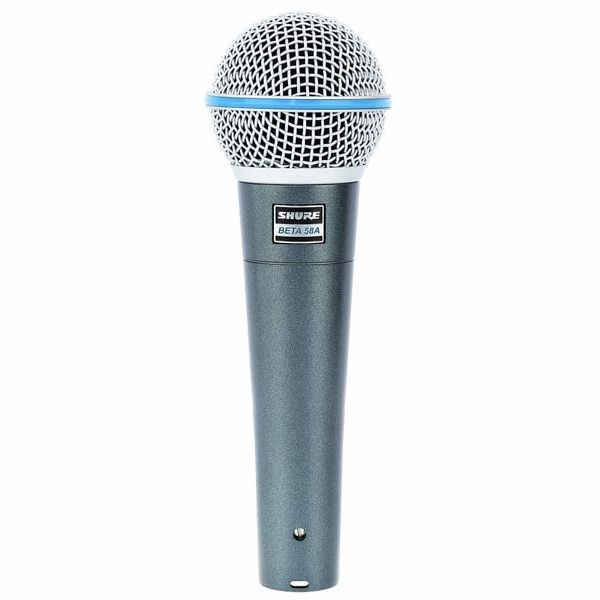
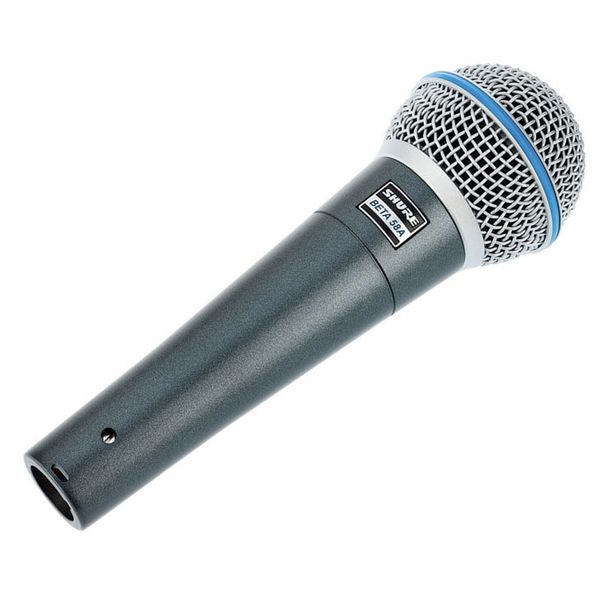
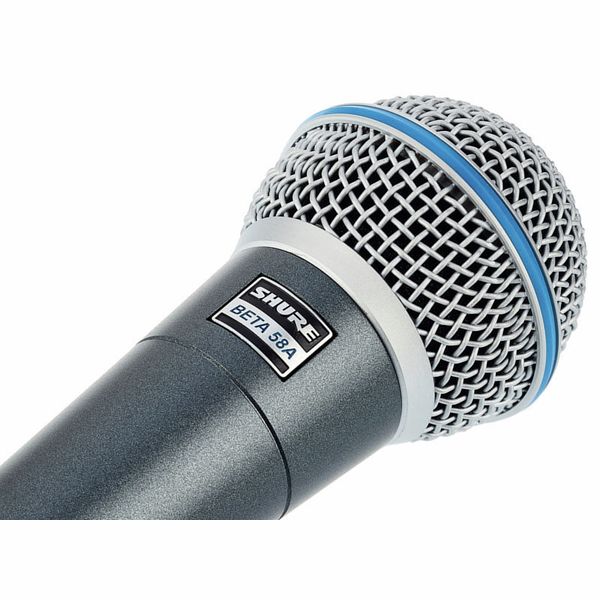
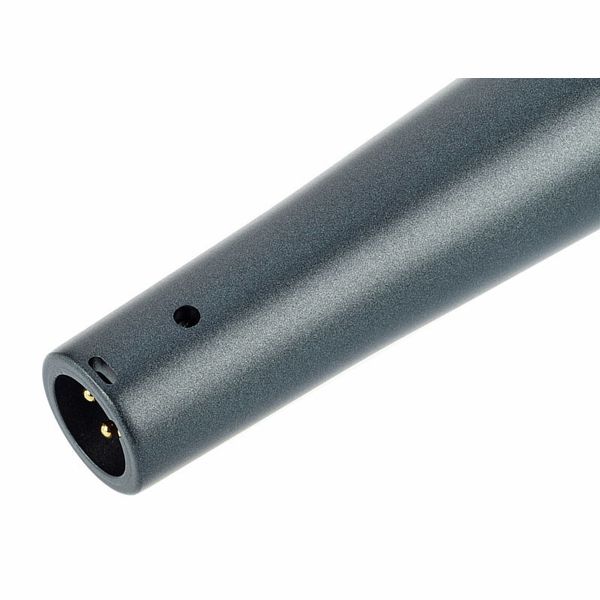
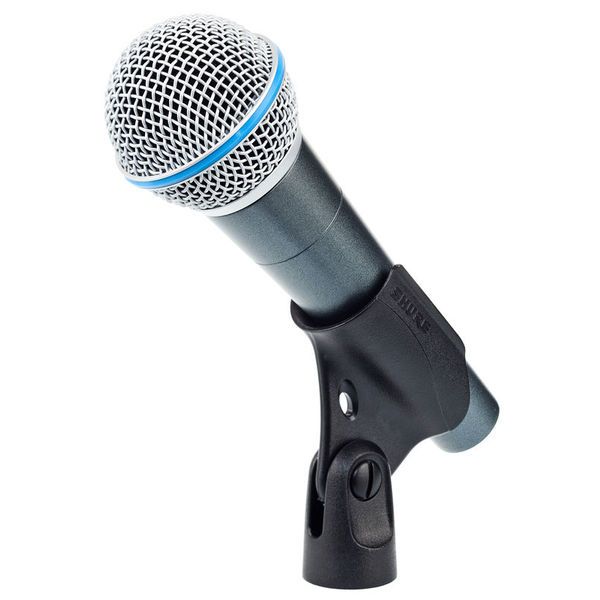
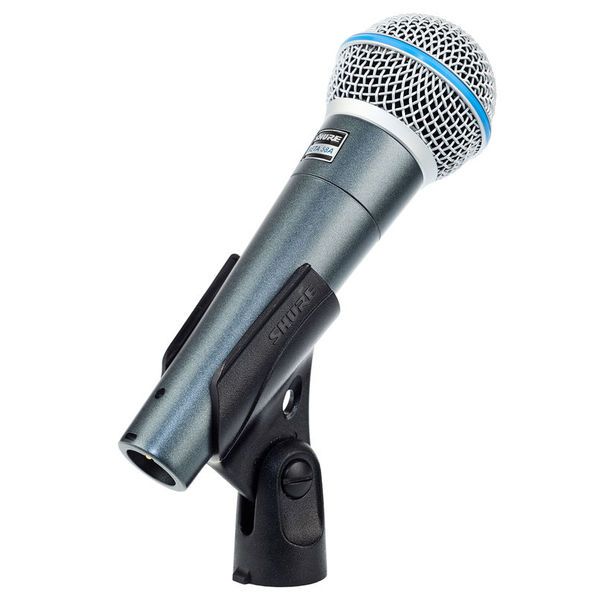
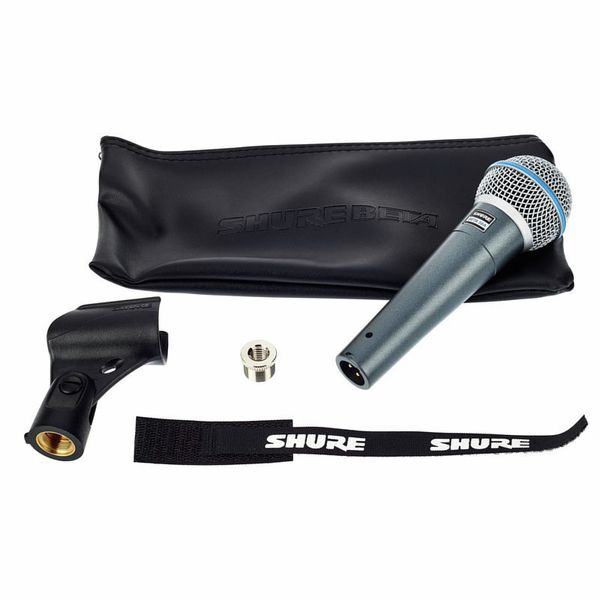













)
)
)
)
